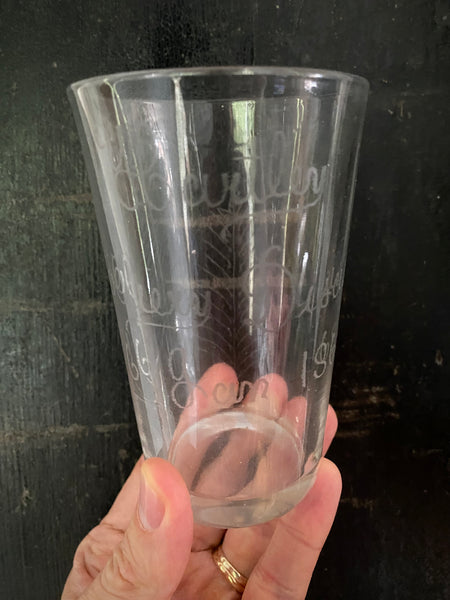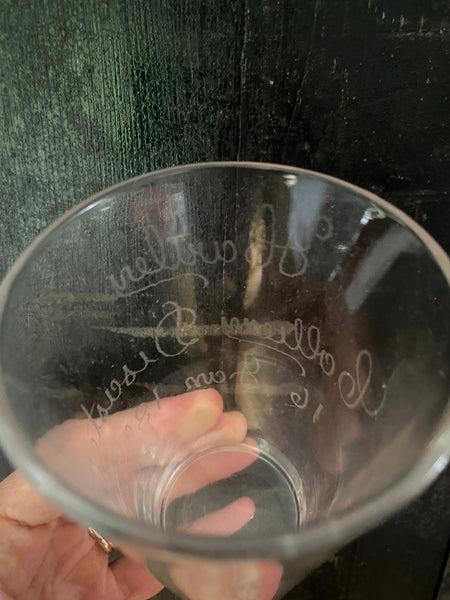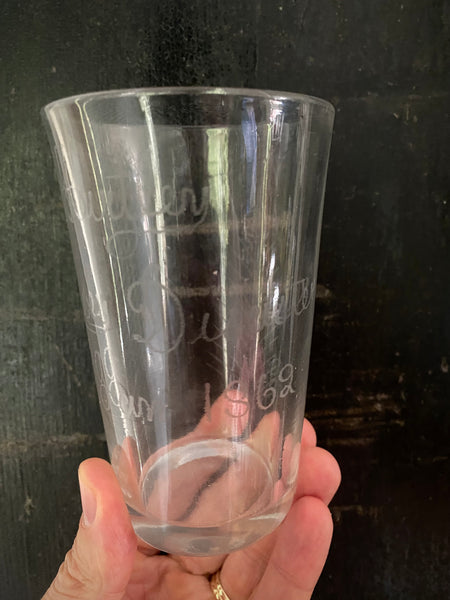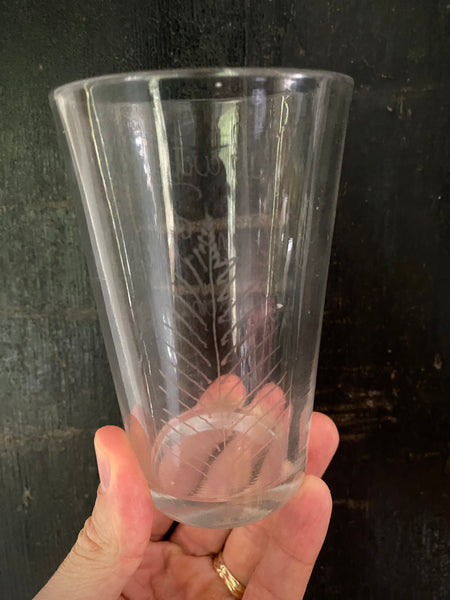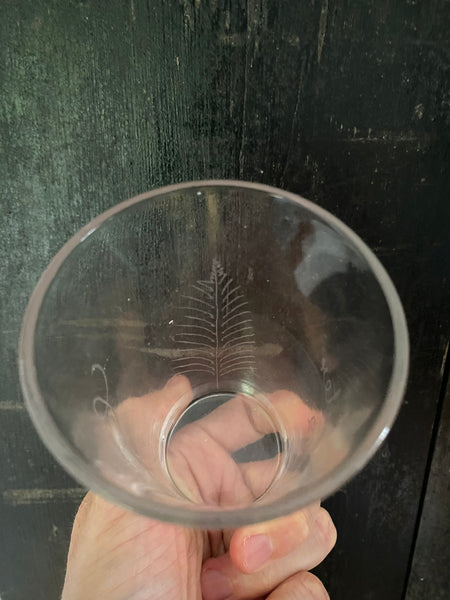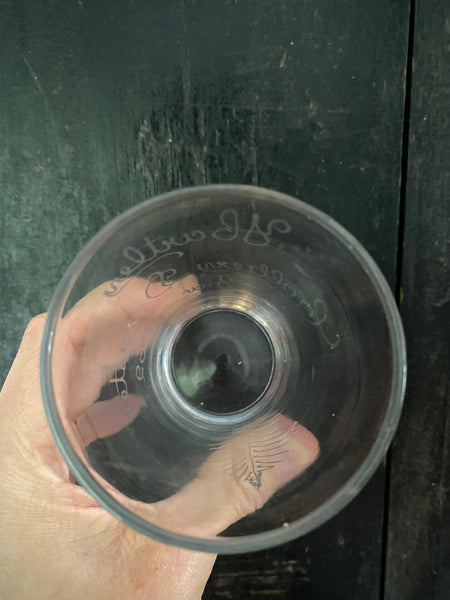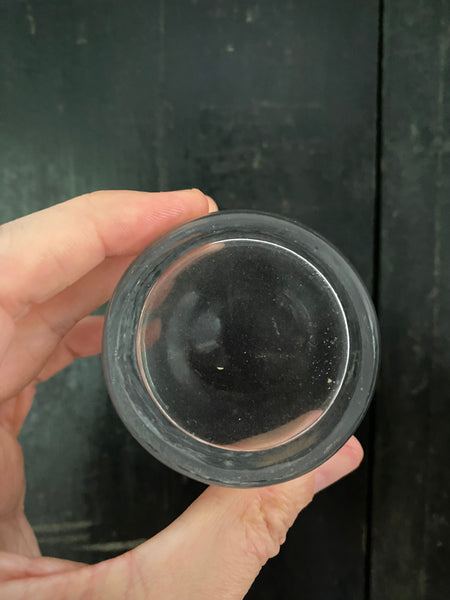Antique 19th Century Disaster Glass For The Hartley Colliery Disaster 1862
- FREE UK SHIPPING WITH ALL ORDERS
- INTERNATIONAL CUSTOMERS PLEASE PROCEED TO CHECKOUT FOR SHIPPING QUOTES
An Antique 19th Century Disaster Glass For The Hartley Colliery Disaster In 1862. It Is Etched With “Hartley Colliery Disaster 16 Jan 1862”.
Disaster glass is a fascinating part of north east mining tradition. In the aftermath of mining disasters or fatalities, glassware, which varied from small sherry glasses to large water jugs, were engraved to commemorate the deaths of the victims. Most examples date from the relatively short period of 1840 until the outbreak of the First World War.
These engraved pieces were then sold in pubs within the local area, with any funds made going to the families of the victims to help pay for funerals and memorials. There are many tragic stories that highlight just how dangerous a job mining was but also just how essential it was to communities. It wasn't just a job, it was a way of life.
This particular example was made for the Hartley Colliery disaster which happened on 16th January 1862 at the Hester Pit of Hartley Colliery, near Seaton Delaval, in Northumberland, England. It remains one of the most tragic mining disasters in British history due to both its human toll and its profound impact on mine safety legislation.
The disaster was caused when a massive cast-iron beam of the pumping engine broke and fell down the mine shaft, the only shaft at Hester Pit.The beam was part of the engine used to pump water from the mine and weighed several tons. When it fell, it completely blocked the shaft, cutting off the only route for escape and ventilation.
204 men and boys were trapped underground. Despite rescue attempts, all of them died, mostly from suffocation due to lack of air. The youngest victims were as young as 10 years old. The disaster left hundreds of widows and orphans, deeply affecting the small mining community.
Efforts to reach the trapped miners were heroic and involved volunteers and engineers working for days. However, due to the scale of the blockage and the limited technology of the time, rescuers could not reach the victims in time.
The disaster shocked the nation and led to widespread public outcry. It exposed the danger of single-shaft mines, which had been a common design. The tragedy prompted the British government to pass the Mines Regulation Act of 1862, which mandated at least two shafts for all mines, to ensure alternative escape and ventilation routes.
This was a turning point in industrial safety legislation, influencing mine design and regulations for decades.
A fantastic, albeit tragic, piece of British social history.
condition is good, commensurate with age and use. Structurally sound, no chips or cracks.
Measures 11.5cm x 7.4cm
Weighs 258.96 grams








